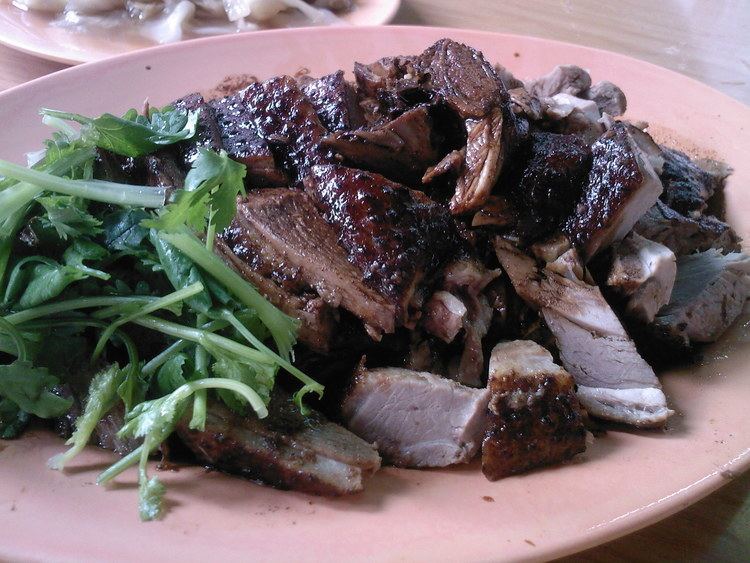 | ||
Similar Lamb and mutton, True tunas, Peking duck, Fish as food, Meat | ||
How Peking Duck Is Made | Food Skills
In food terminology, duck or duckling (when meat comes from a juvenile duck) refers to duck meat, the meat of several species of bird in the family Anatidae, found in both fresh and salt water.
Contents
- How Peking Duck Is Made Food Skills
- Duck meat
- Duck dishes
- Balut
- Pollution contaminating wild duck
- References
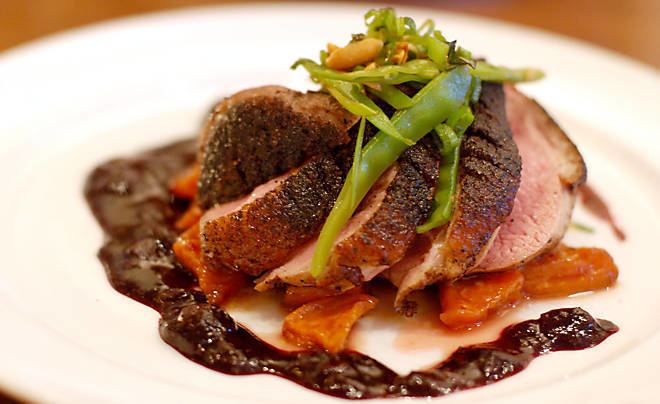
One species of freshwater duck, the mallard, has been domesticated and is a common livestock bird in many cultures. Duck is eaten in various cuisines around the world.
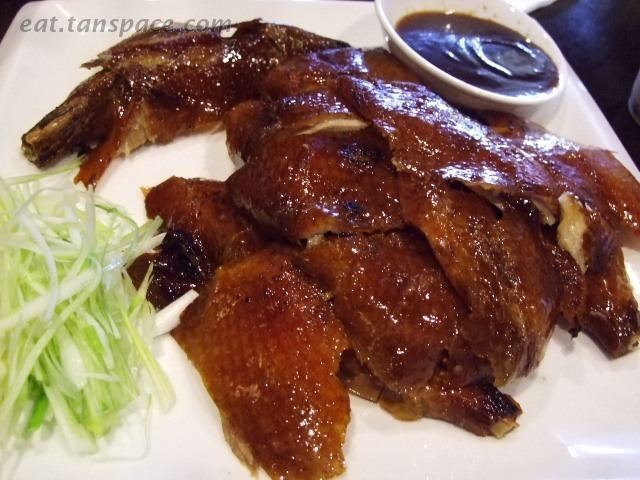
Magret refers specifically to the breast of a mulard or Muscovy (or Barbary) duck that has been force fed to produce foie gras.
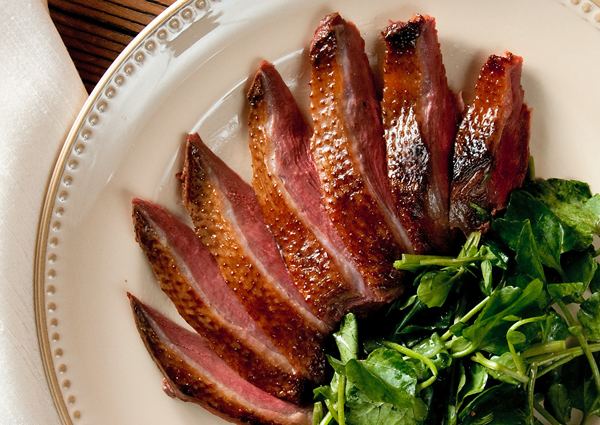
Duck meat
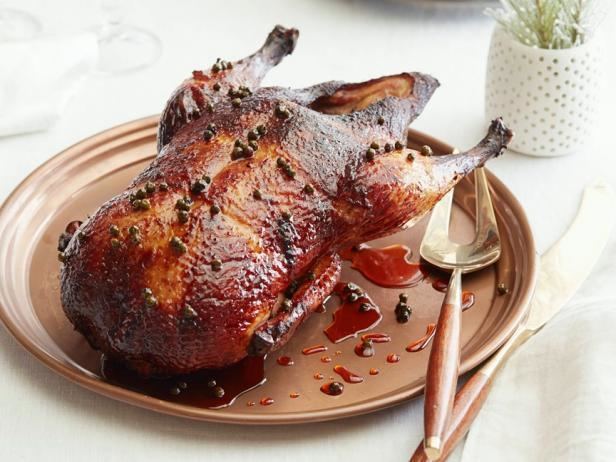
Duck meat is derived primarily from the breasts and legs of ducks. The meat of the legs is darker and somewhat fattier than the meat of the breasts, although the breast meat is darker than the breast meat of a chicken or a turkey. Being waterfowl, ducks have a layer of heat-insulating subcutaneous fat between the skin and the meat.
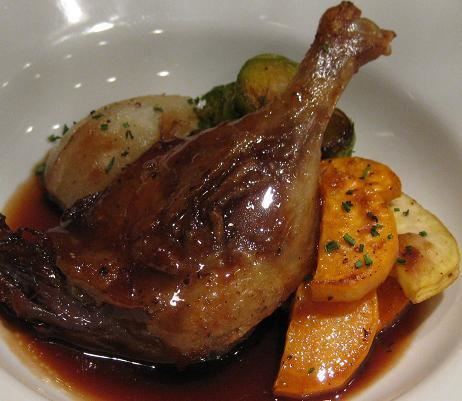
De-boned duck breast can be grilled like steak, usually leaving the skin and fat on. Internal organs such as heart and kidneys may also be eaten; the liver in particular is often used as a substitute for goose liver in foie gras.
Duck is particularly predominant in the Chinese cuisine — a popular dish is Peking duck, which is made from the Pekin duck. Duck meat is commonly eaten with scallions, cucumbers and hoisin sauce wrapped in a tortilla-like pancake made of flour and water or a soft, risen bun known as gebao (割包).
The Pekin duck is also the most common duck meat consumed in the United States, and according to the USDA, nearly 26 million ducks were eaten in the U.S. in 2004. Because most commercially raised Pekins come from Long Island, New York, Pekins are also sometimes called "Long Island" ducks, despite being of Chinese origin. Some specialty breeds have become more popular in recent years, notably the Muscovy duck, and the mulard duck (a sterile hybrid of Pekins and Muscovies). Unlike most other domesticated ducks, Muscovy ducks are not descended from mallards.
Duck dishes
Duck is used in a variety of dishes around the world, most of which involve roasting for at least part of the cooking process to aid in crisping the skin. Some dishes use parts of the duck as an ingredient along with other ingredients. Notable duck dishes include:
Balut
A Balut is a developing bird embryo (usually a duck or chicken) that is boiled and eaten from the shell. It originates and is commonly sold as street-food in the Philippines. They are common food in countries in Southeast Asia, such as Laos (khai look ໄຂ່ລູກ in Lao), Cambodia (pong tia koun ពងទាកូន in Cambodian), Thailand (Khai Khao ไข่ข้าว in Thai) and Vietnam (trứng vịt lộn or hột vịt lộn in Vietnamese). They are often served with beer. The Tagalog and Malay word balut means "wrapped".
The length of incubation before the egg is cooked is a matter of local preference, but generally ranges between 14 and 21 days.
Pollution contaminating wild duck
Ducks caught in the wild may be contaminated from pollution of rivers and other bodies of water, because they eat fish and other aquatic life. In particular, PCBs may pose a health risk for those who eat wild duck frequently.
